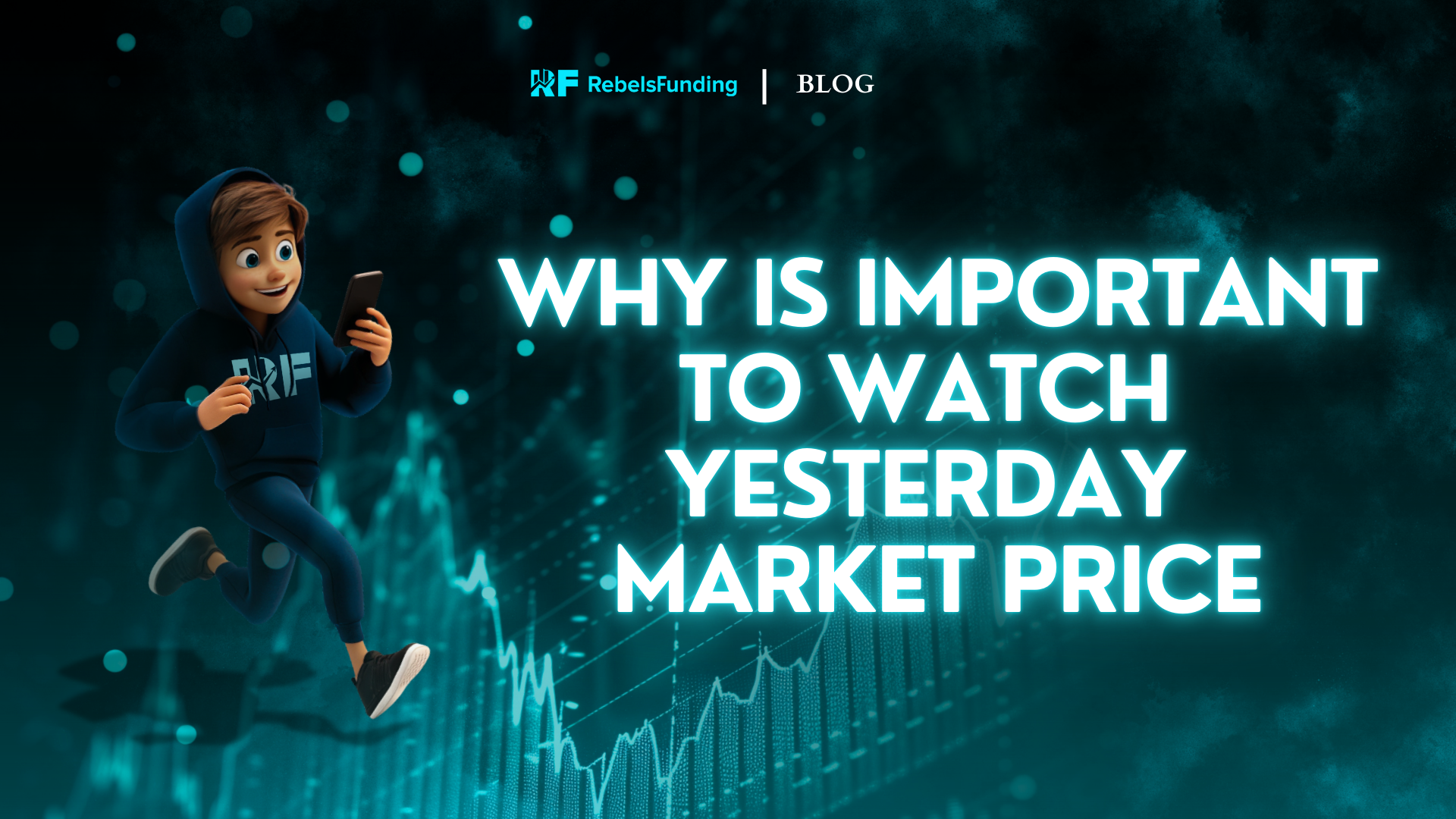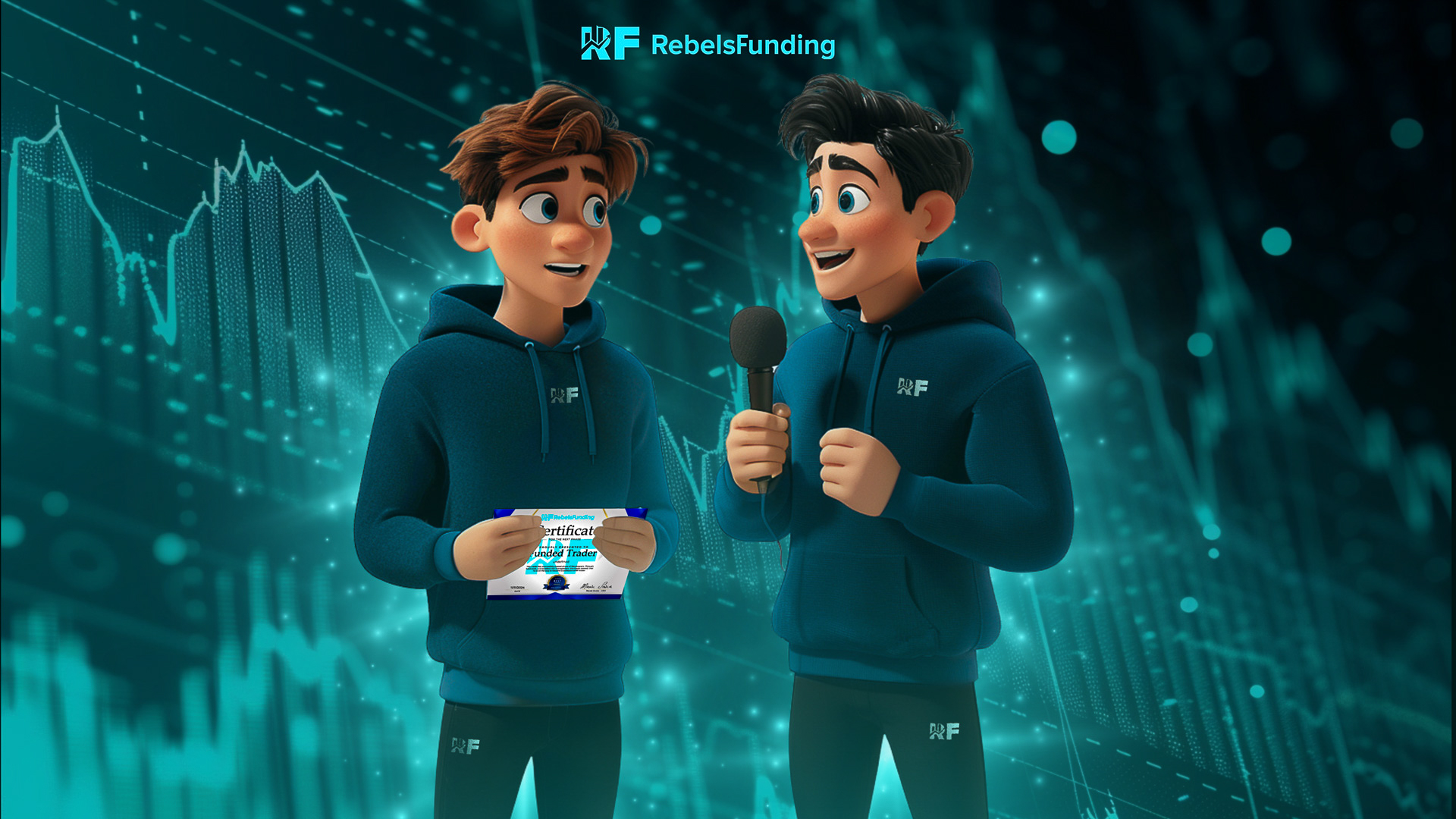Interview with a Successful Prop Trader, Trong: Journey from Banking to Successful Trading

Trong Hung is a trader at RebelsFunding. He has demonstrated discipline and consistency in his trading journey.
Today, he shares his trading skills, ideas and experience in this brief interview:
1.Tell us a little about yourself
I was born and raised in Vietnam. I am 44 years old this year. I majored in banking and finance at National Economics University, one of Vietnam’s leading economics schools.
I have worked in the banking and financial industry for 20 years with the highest position being Bank Branch Manager.
2. What trading strategies or approaches do you find most effective in your trading journey?
My most effective trading strategy is to simplify my system with a few indicators, pay attention to DXY correlated currency pairs, and analyze macroeconomic information from time to time.
3. What technical indicators do you rely on and how do you use them to make trading decisions?
Like every trader who is new to the market, you would be overwhelmed with so many indicators and how to choose and use them.
I have also tried many indicators and learned one thing: indicators always lag behind the market, each indicator has its own strengths and if applied to each certain condition, it will be successful. But if you keep following it rigidly, you will fail.
So far, I have only used 3 indicators:
A. Support and resistance zones: to determine the areas where you can enter orders, the profit taking zone to set sl. as well as a potential reversal area.
B. 3 ema lines: ema 11, ema 22 and ema 110: to determine the trend for trading.
C. RSI divergence at the support and resistance zone: to consider the possibility of a reversal.
4. How do you manage risk in your trades, and what advice do you have for prop traders seeking to improve their risk management skills?
I consistently implement these risk management strategies:
A. Total order volume must not exceed 5 times the account: For example: an account of 40,000 cannot exceed 200,000 USD.
B. The amount of capital lost in a day does not exceed 2%-2.5% of the account. In case of loss, the account will be stopped to look for another opportunity the next day.
If you lose about 5-6% of your account continuously for 3 days, you must stop for a few days to reconsider your strategy.
C. Do not add consecutive orders on the same trading pair. Each trading pair can only have a maximum of 3 split orders.
D. Always set SL and TP. When the order is positive enough, consider adjusting the SL to draw to preserve capital.
5. How do you handle emotions during challenging market conditions?
This is one of the most difficult in trading. Managing emotions will (help you) avoid unnecessary losses and disappointments.
I always keep this in mind: the market is still there, the opportunity is still there, if capital is still there, there is still opportunity.
With every failure, always find the cause and encourage yourself to overcome. With every success, there is no exaggeration.
6. Can you discuss the importance of having a disciplined trading plan?
The market is always changing, can change by day or by hour. Therefore, having a trading plan is a decisive condition for success.
First, you must identify the symbols you trade. Regularly trading a symbol will ensure you understand the fluctuations as well as the characteristics of that symbol and the macroeconomic information that may affect it.
Create a daily trading plan and review it to adapt to news and market conditions.
7. What markets or currency pairs do you focus on, and why?
I only trade a few important symbols: Gold, AUD, NZD and SEK, sometimes BTC and ETH.
My reasons are:
A. These trading pairs fluctuate in a day fast enough to see trading results, but do not fluctuate too much to be too risky.
B. These currency pairs can be considered correlated with DXY movements.
C. Avoid trading pairs with too high liquidity sweep volatility.
8. How do you adapt your trading strategy to different market conditions such as high volatility?
I pay special attention to macroeconomic information that affects currency pairs. Trading hours also greatly affect the trading plan.
At times when volatility and risk are too high, the amount of capital must be adjusted to reduce or avoid risks.
Carefully observe the candlestick market at important times to redefine your trading plan.
9. Can you share a notable trading success and a setback in your trading journey, highlighting the lessons you learned from each?
I do not use an all-in-one strategy or put too much capital into one trade. However, my most successful trading days were May 2, 2024 with the gold/USD pair.
With a predetermined plan and patience; waiting to get into the right spot as possible. Pay close attention to make reasonable profit-taking decisions. Don’t be greedy.
My most serious failure was being conservative, not changing my trading method perspective. This led me to a series of failed transactions: 10 transactions.
The lesson I learnt is: if a series of failed transactions exceeds 5, you must immediately reconsider your trading method.
10. How do you handle drawdowns and what measures do you take to recover from losses effectively?
With long-term losses and large amount of capital, firstly:
A. I review my trading methods and strategies.
B. I take a moderate amount of capital and take back a few profitable orders to regain confidence in trading.
11. How do you determine the optimal time frame for your trades, and what factors influence your choice?
In choosing a trading time frame, consider the following factors: A. Based on your trading strategy: short, daily or long? For me, I choose the frame: 1h as the main trading time.
I can’t sit all day watching the trading screen.
Sufficient fluctuations to evaluate the market’s fluctuating trend.
However, I also combine trading in the 15-minute frame at times of strong market fluctuations such as the US session, times around important news. 4h frame to see trends and patterns.
12. On a scale of 1 to 10, what would you rate our prop firm and why?
I rate RebelsFunding a 8/10 with 10 being the highest score, because:
A. You have an easy-to-use trading software, ensuring you don’t depend too much on partners. Also, it also evaluates (or shows) the company’s serious, long-term investment level.
B. Time to support arising questions and handle related issues quickly. Especially the account granting time and profit payment.
C. There are still minus points that need improvement: Connecting transactions is often slow and the trading platform still does not connect regularly, especially during hours with a large amount of transactions, the connection is very slow and often gets disconnected, leading to lost trading opportunities. Thank you.
Note from RebelsFunding on Trong’s concern about connection: Hello, Trong. Thank you for your feedback. We appreciate you for making time to talk with us.
We want to say that our platform is currently working fine. The poor connection issue you experience is very likely as a result of the broken fibre optic cable that connects some Asian countries to Europe.
We believe you will have a smooth and stable internet connection experience when the problem is completely resolved. Thank you.




